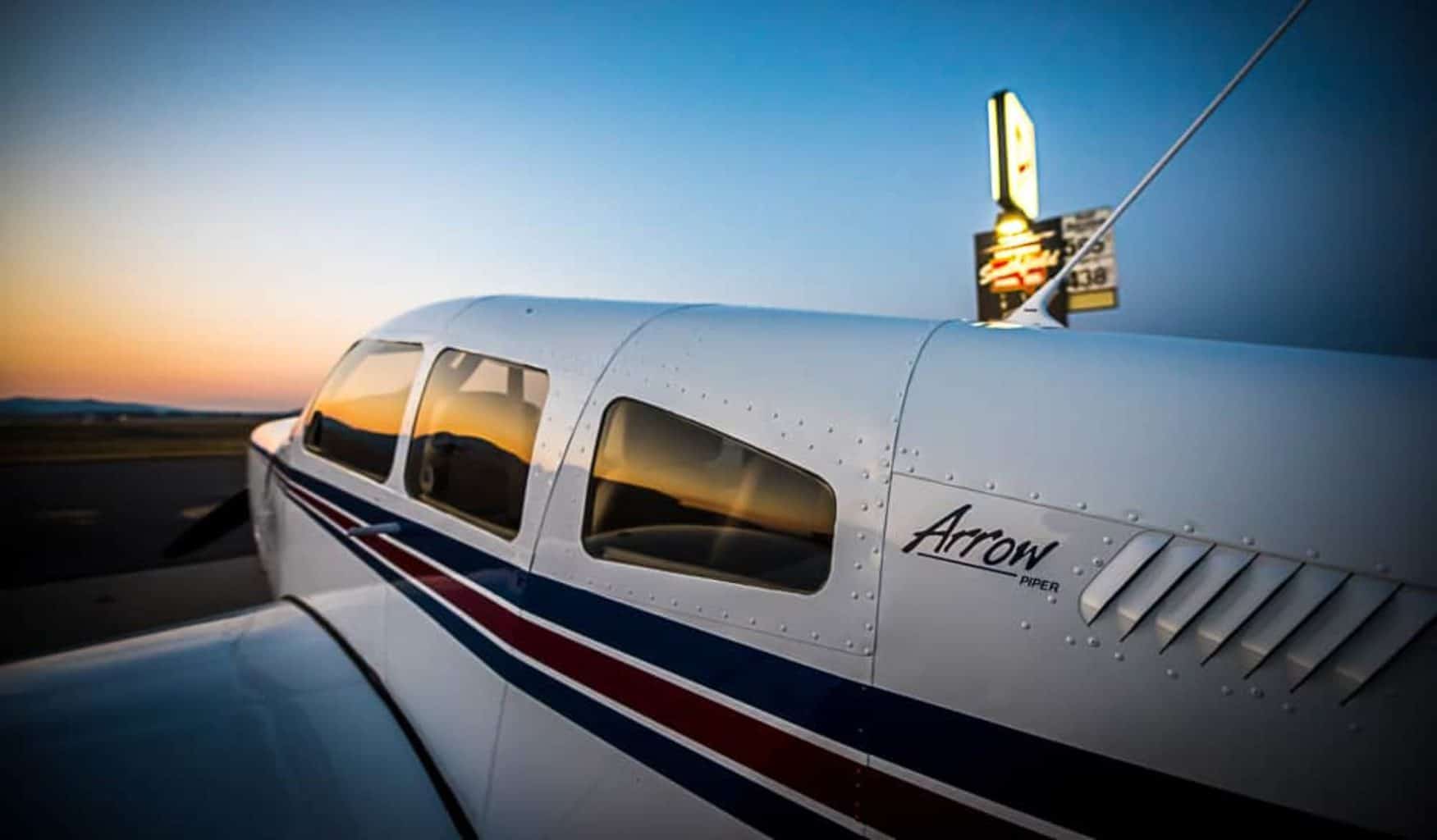Traditionally, the first flight training class to obtaining a private pilot license is an introductory flight conducted by an instructor. This first lesson is designed to give future students a taste of the complete flight lesson experience and may involve taking controls and flying the plane. In every flight training program, the instructor is a personal guide through the world of aviation and the lessons are a combination of practical and theoretical classes.
Steps involved in obtaining your private pilot license
The entire process of learning to fly is essentially acquiring the relevant aeronautical knowledge, proficiency in flight control and experience in handling the equipment. Consider the entire training process to obtaining a pilots license, whether sport, recreational, private or commercial certificates as a series of steps. Most steps, such as gaining aeronautical knowledge, are integrated throughout the training process. Other training steps such as solo training only come after the training instructor has provided all the required training for that steps and the student is considered ready.
To jump-start a flying career or travel for business. To rise above a life-long challenge. To experience the exhilaration and the freedom of controlling a machine floating mid-air. To see the world go by from above. No matter your reasons for seeking a license to fly, the journey to being a competent and confident pilot begins at Palm Springs Flying School.
The process of gaining a private pilot license can be broken down into seven core subjects or steps:
- Aeronautical knowledge and FAA knowledge test.
- Pre-solo training in the airplane.
- Solo training.
- Flying to other airports.
- Solo cross-country training.
- Practical test preparation.
- Practical test or check ride
During the check ride or practical test, a student pilot is expected to bring together all the elements from other aspects of the private pilot license training program to prove his/her aviation knowledge and skills by flying with and talking to an independent examiner. For instance, if you take flying lessons at the Palm Springs Flying School, the examiner may be an FAA official or accredited trainer not associated with the school. While it is considered the last step to obtaining a pilot’s license, to the student, it is actually the first step in a life long journey to becoming an aviator.
The regulations and Requirements to Train for your Private Pilot License
What skills and other requirements do you need to enroll as a student to learn to fly? Well, the willingness to defy gravity in a metallic machine that is heavier than air and a good serving of common sense is a good start. From this point, there is a list of set FAA requirements that one must meet to consider enrolling in a school to become a pilot.
The most important requirements are:
- At least 16 years old. You can start training at any age. But cannot solo until 16th birthday.
- You can understand, speak and read English.
- You hold at least a 3rd Class medical certificate.
The FAA has a long list of requirements titled “Part 61 Certification for Pilots, Flight Instructors, and Ground Instructors” that goes in detail to list the requirements, privileges and limitations of every rating or certificate. If you are interested in obtaining a pilot’s license at Palm Springs Flying School and are unsure of the exact eligibility requirements, the school will provide all the requirements prior to enrollment.
The Student pilot certificate
Every student starts out as a student pilot before taking a solo examination. At this stage, the student holds a student pilot certificate which has almost similar basic requirements as a pilot’s license. Student pilots who are pursuing a private or recreational pilot certificate are required to have an FAA medical certificate before they can solo.
Passing Aeronautical knowledge tests
Before learners are permitted to hold a private pilot license, they must pass an aeronautical knowledge test that covers a range of interesting and diverse subjects including how airplane systems and flying work, aerodynamics, weather, FAA regulations, and emergencies amongst others. The FAA requires every student to pass a knowledge test that assesses these subjects with a minimum grade of 70 percent.
Advantages:
- Complete flight training.
- Learn at your own pace.
- Hangared Airplanes
- Discounts for block time and time builders.
- Hangar Space Rentals.
- Plane Sales.
- Plane rentals: Hourly, Daily, Weekly, Monthly.
